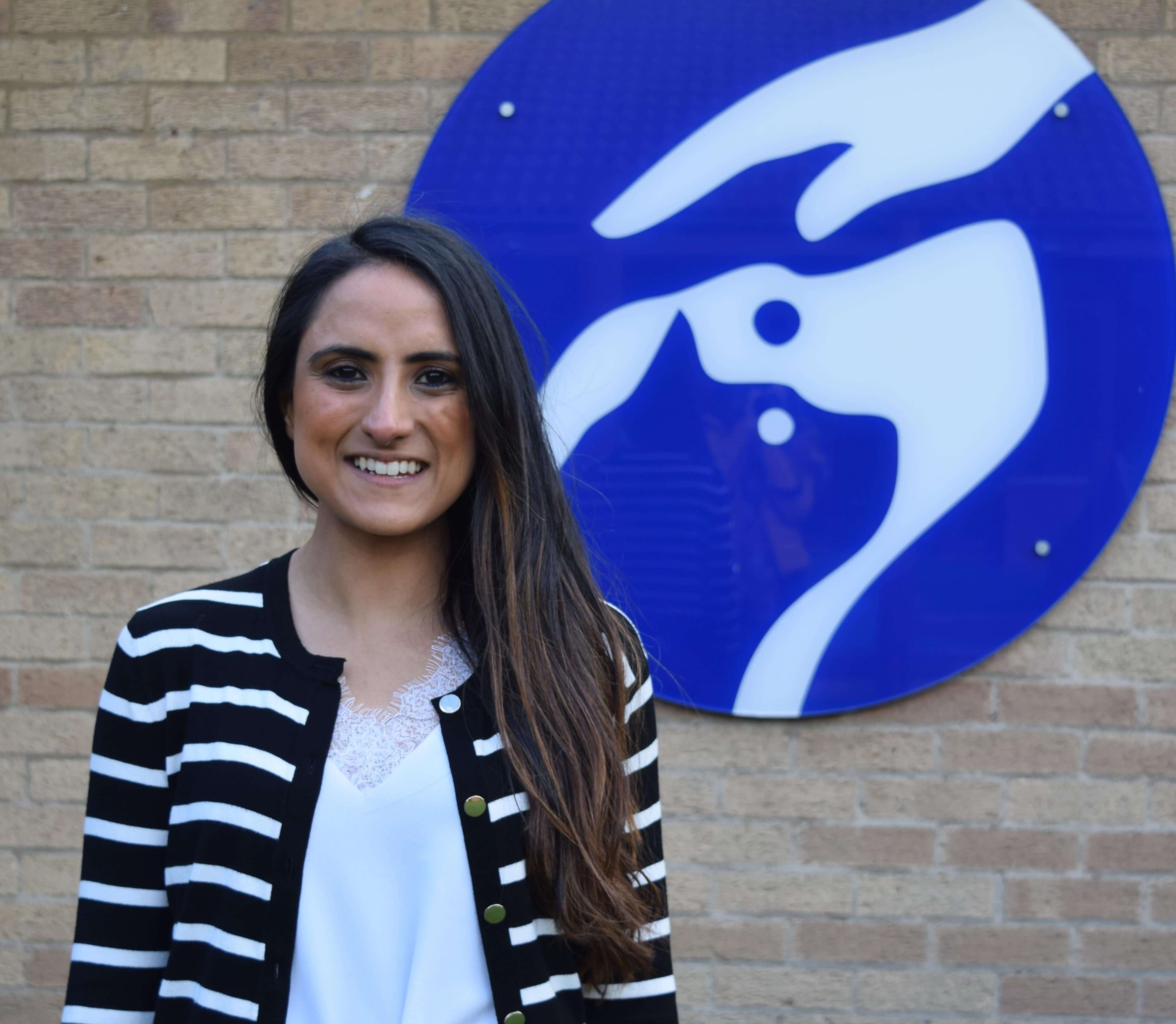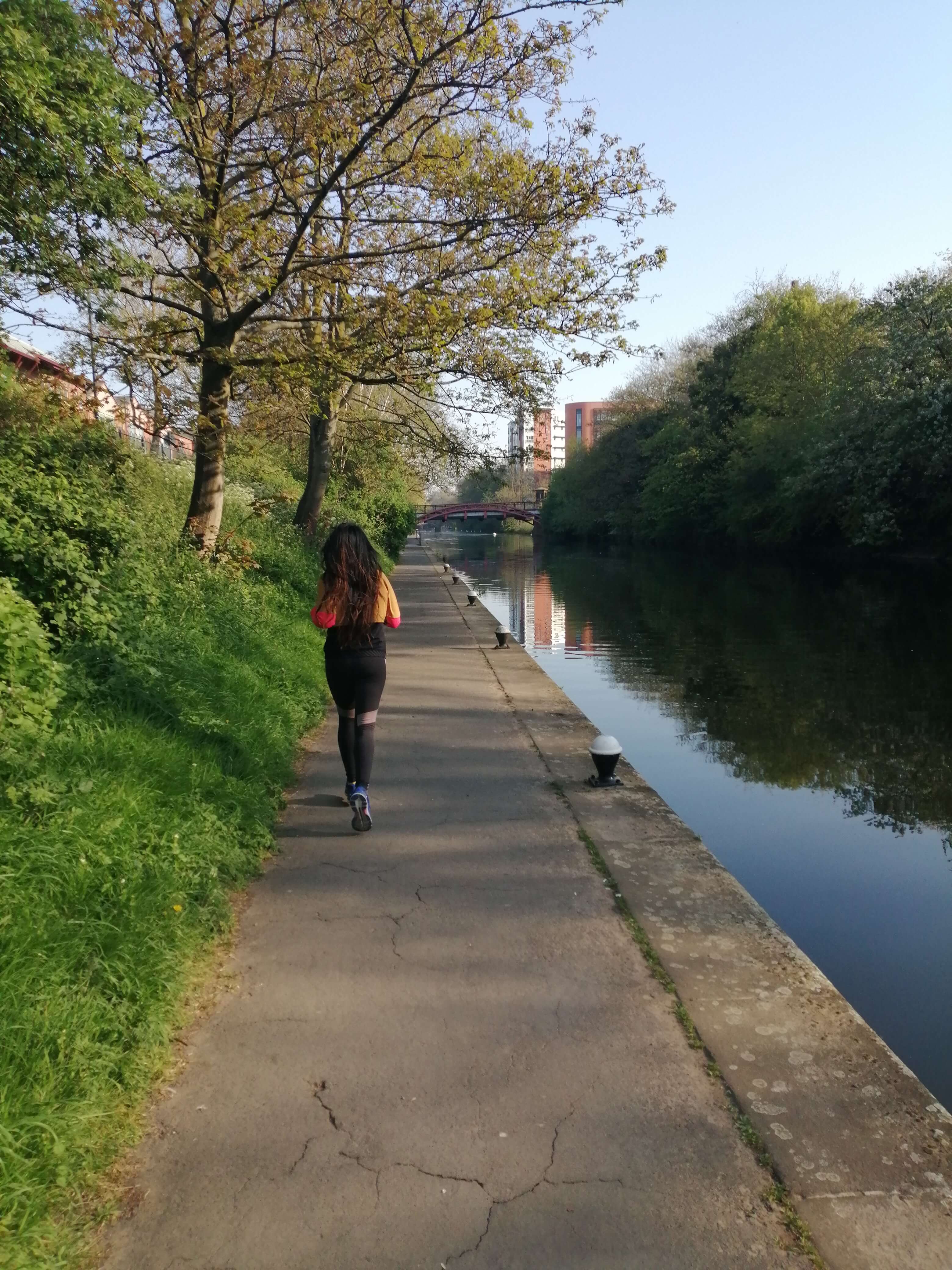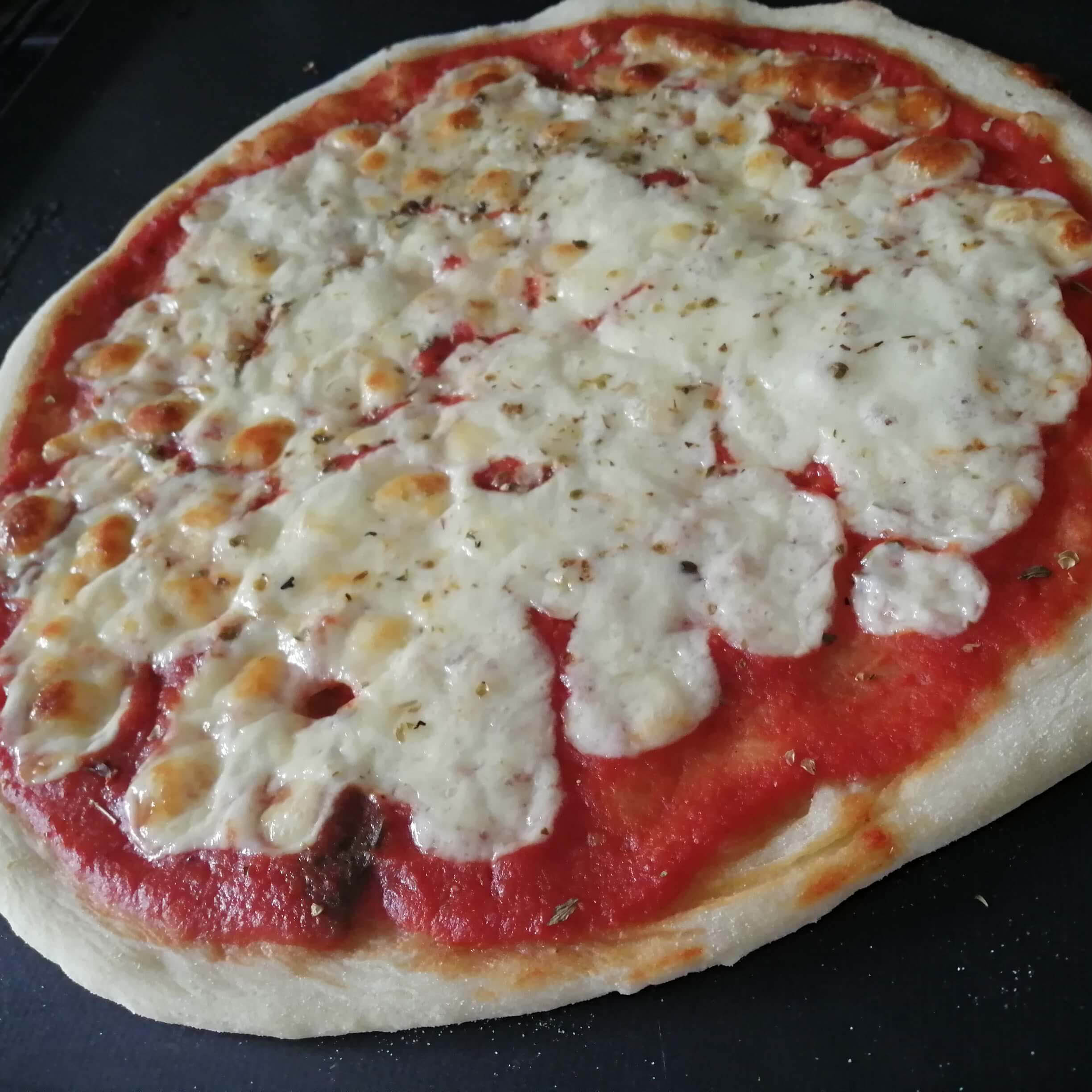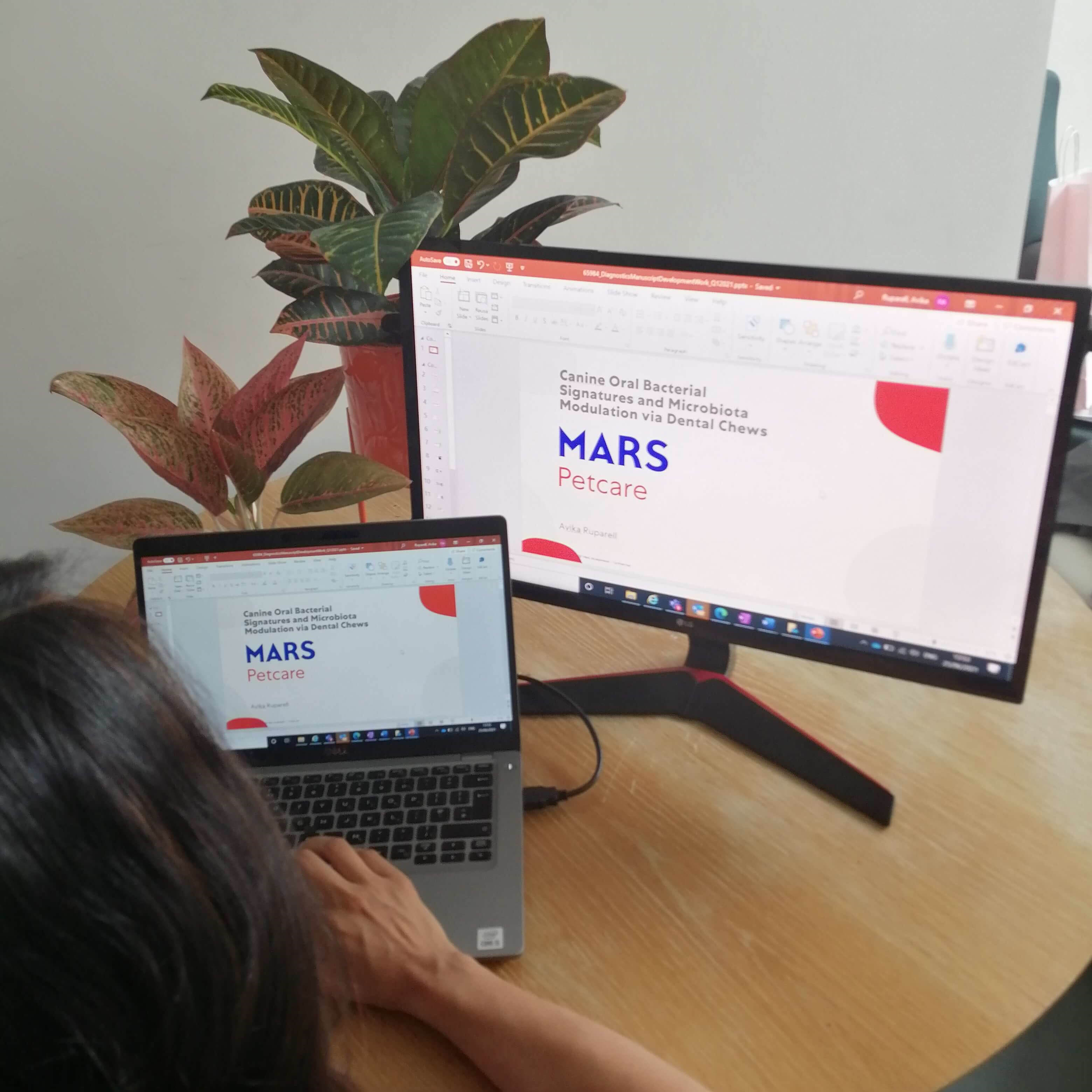A Day in the Life of…. A Senior Research Scientist
First in a new series providing insights to typical days for our Associates and their science-related career paths

Through the “A day in the life of” series, we will introduce some of the people who work at Waltham, and what a typical day looks like for them in their roles.
Introducing Avika
Avika is a Senior Research Scientist in the Biomarkers team
“I joined the team at the Waltham Petcare Science Institute in 2015. Although I love pets, this was my first research job in animal science. With my PhD in microbiology and experience of working in R&D in a different industry, it wasn’t long before I understood how I would be helping deliver science to drive the Mars Petcare purpose: A BETTER WORLD FOR PETS.”
“From the start, I have been involved with research projects that are providing scientific insights and evidence that can improve the lives of pets around the globe. Here’s what my typical day looks like and how my projects are helping to make this happen.”
6.30am – My day begins.
Like many others, my work day changed due to COVID-19. The biggest impact has been the adjustment to work pattern, now adopting a hybrid approach, and being able to work from home more than before. My work-life balance is the best it’s ever been. A normal day for me will start with exercise, switching between outdoor runs and gym trips. I’ve come to realise it’s the best way to start my day, and with the time now saved on commuting, I’m not clockwatching as much so enjoy that ‘me time’ much more before my first meeting of the day.
9am – Project update meeting.
As a Senior Research Scientist, I am responsible for leading and managing a number of research projects. This means I am involved from project creation and planning, through to data analysis and writing papers, and will depend on the nature of a project and where it is in its ‘life cycle’.
I’m kicking today off with a monthly call about one of my projects, that we’re working in partnership on with another company. We both bring differing expertise and contributions to it. It’s always exciting to share progress updates, especially as this phase is coming to an end. The next stage will be to review the results we have so far and then decide on the next steps to achieve the project aims.

10am – Preparing a presentation for a conference
When I first joined Waltham, my research was centred around the oral health of dogs. It wasn’t until I started working in this area that I found out that 80% of dogs over the age of three suffer from gum disease. It’s a shockingly high proportion of pets, which made our work to understand this disease and its progression even more valuable. From a research perspective, it’s important that we understand the mouths of dogs (and cats), as they’re very different from ours. My focus was specifically the oral microbiome- or in other words, the community of microorganisms found in the mouth. The proportion and the types of bacteria found in different environments, such as on our skin, in our mouths or in our guts, are known to play an important role in health. The same is true for our pets.
The WALTHAM™ team had already published work that had uncovered what bacteria are found in pets’ mouths and how they change during the early stages of gum disease. It’s really important to understand this so we can find effective and innovative ways to prevent the disease progressing, and help owners keep their pets’ mouths healthy. In 2020, as part of this work, I published a peer reviewed research paper that showed daily feeding of PEDIGREE® DentaStix® influenced the proportion and types of bacteria in dental plaque towards a composition that is associated with those found in the healthy mouths of dogs.
Today, I’m putting together some slides that I will present at a veterinary conference. It will cover what we know about the microbiome and the oral health of cats and dogs. Hopefully it will be a useful overview of the area and by sharing the latest research it may help vet professionals in preventing this disease.
12pm – Lunch & Team Building
Remote working and virtual meetings are new to my team. We have been having fun exploring new ways to keep everyone connected and feel part of team (wherever we are). Over the last 6 weeks, the Biomarkers team have been taking part in a virtual walking challenge to travel from Canterbury, UK to Rome, Italy with each person’s daily step count contributing to the almost 2.5 million step walk. To celebrate completing the challenge and reaching Italy, we have been sent pizza making kits to construct ourselves. So, before our lunch time call, I am playing with bread dough and toppings to make my pizza and getting it into the oven.
We start our team meeting having a pizza lunch together, virtually - an opportunity to have a chat with everyone and find out what is happening. Part of the discussion is also about how we feel and are working as a team, and also as an associate at Mars. This is an important part of the Mars culture. We use an annual survey provided by Gallup to gather the anonymous feedback, and this is also used to rank the companies in the global Great Place to Work™ awards. We round off the conversation with agreeing what we want to focus on in the coming months that could improve (or maintain) these areas.


3pm – Time to stretch my legs and grab a coffee
After a pretty busy day already, I’m taking a little time out to go to a local café for a caffeine fix on the way to the park to get some fresh air.
3.30pm Virtual career’s fair
Since finishing my PhD at The University of Nottingham, my supervisor has invited me back each year since to share my career journey and show what an industry-based research career path can look like for post-graduate students. This is the first time that its being held virtually. I really enjoy talking about Waltham to different groups of people - there are always students who are fascinated and want to know more! For me, it’s exciting to be able to help spark new ideas in others, but it is also an opportunity for me to reflect about how grateful I feel to work for a company with strong values that create for a balanced work ethic.
Typical career path into a senior research scientist job
Avika graduated with a BSc in Medical Genetics and a PhD focused on microbiology, combined with molecular biology and analytical chemistry before joining the research team at Waltham.
Senior research scientists tend to have higher academic qualifications including PhDs. These have been achieved in a variety of scientific fields, such as biology, chemistry, physiology, veterinary science and data science.
Written & published in June 2021.
Find out more about careers at Waltham
View our job openings Meet our other experts Chat to our associates




